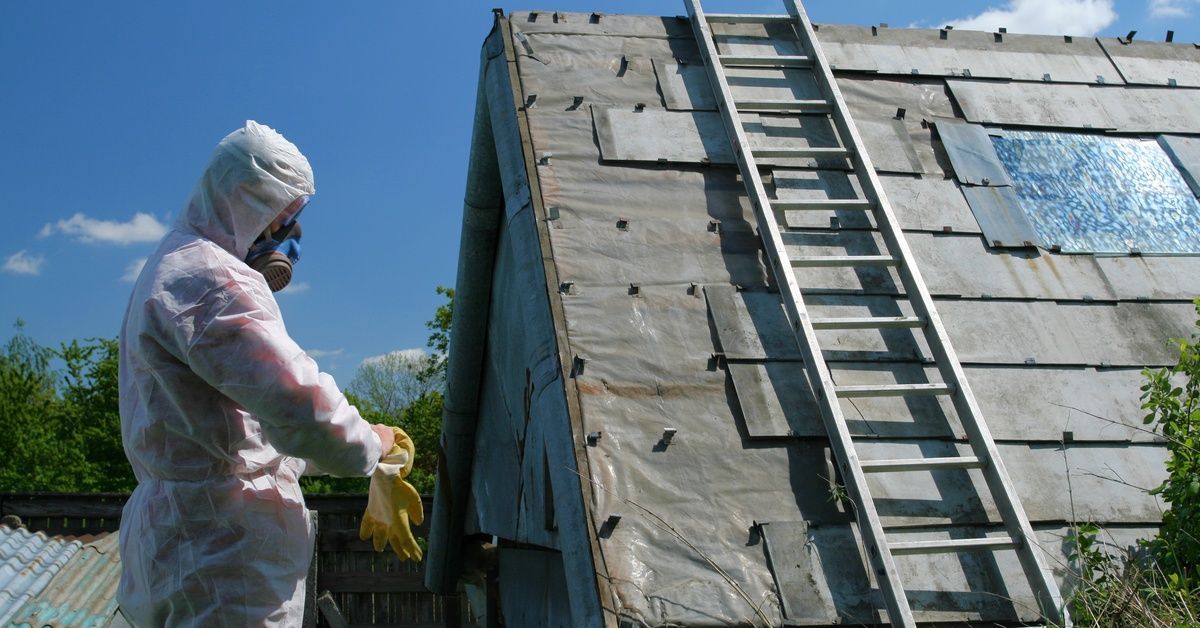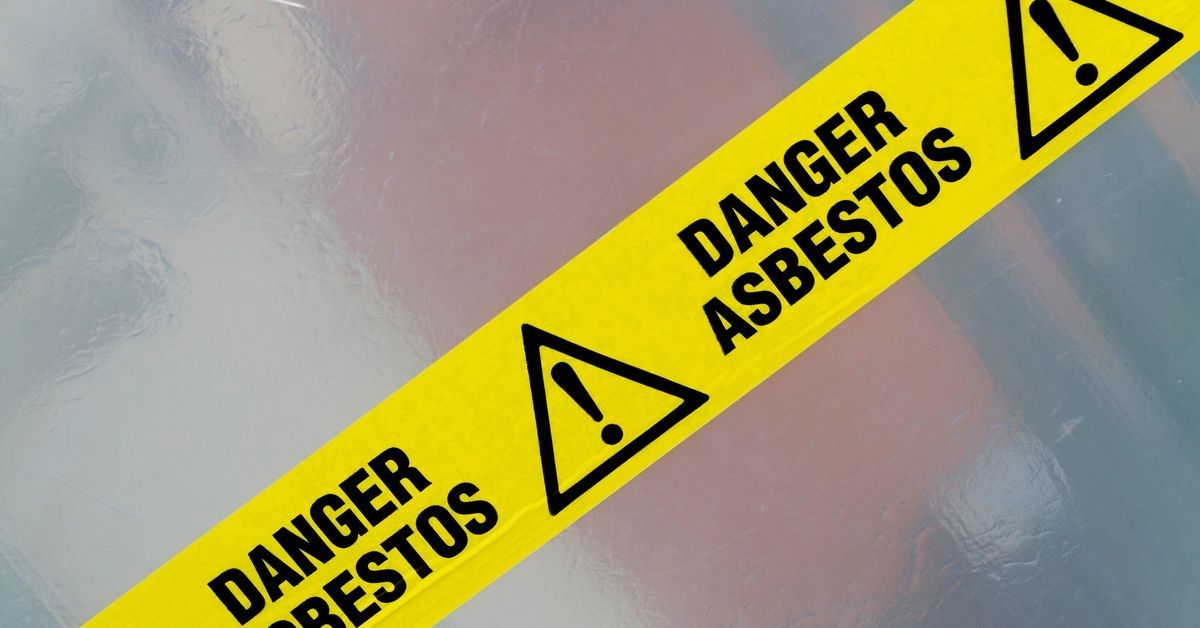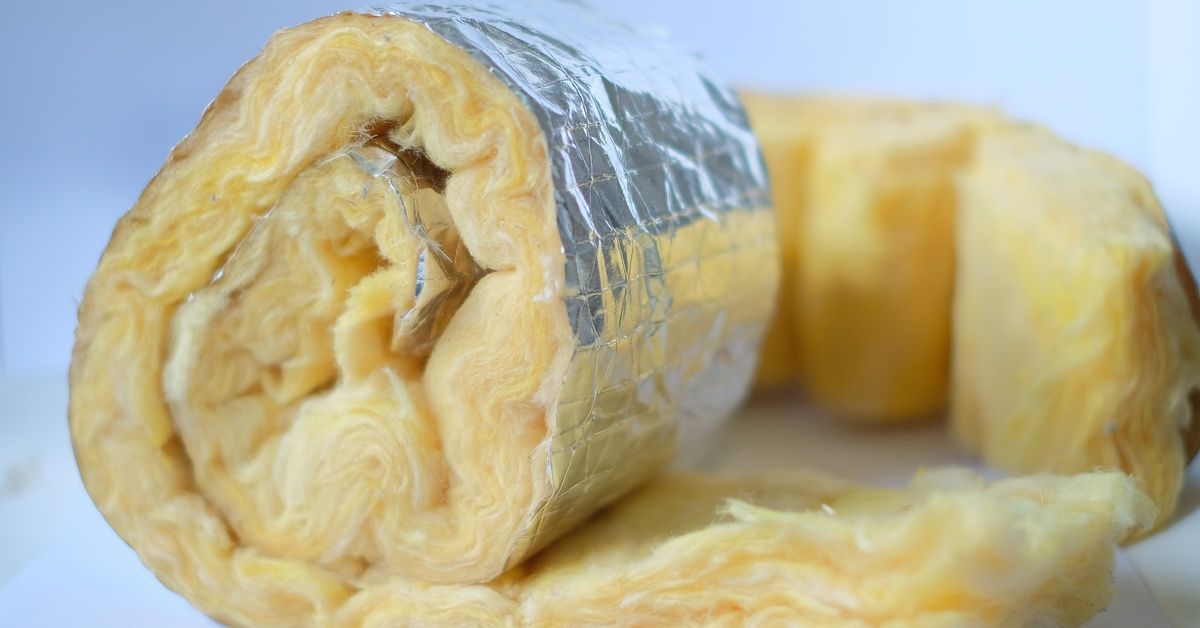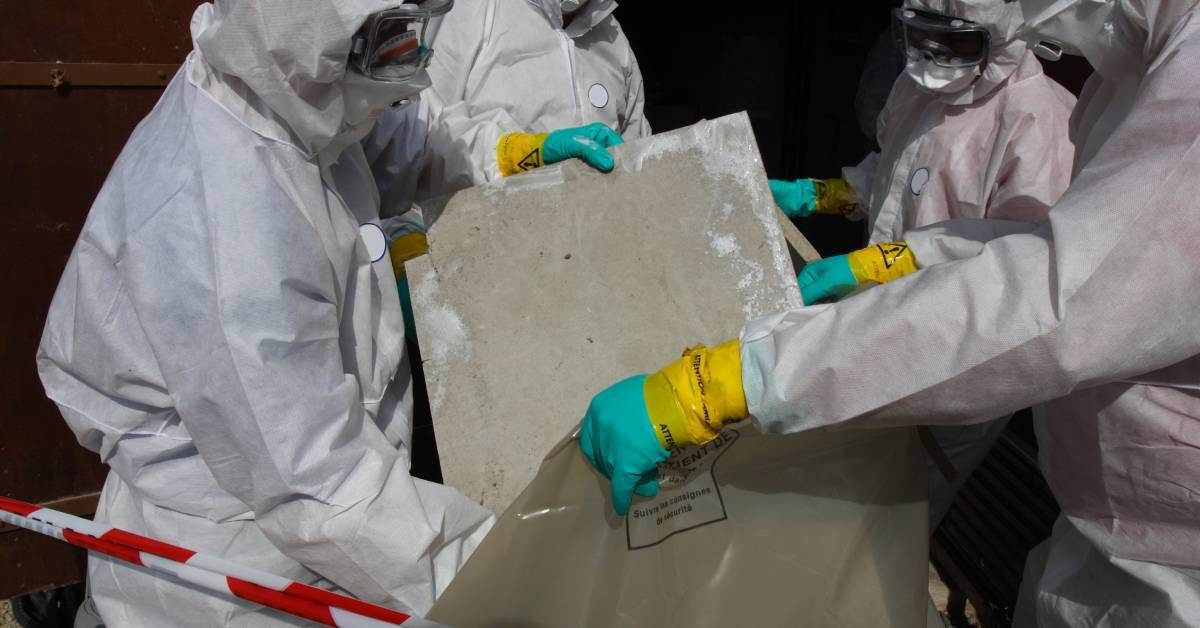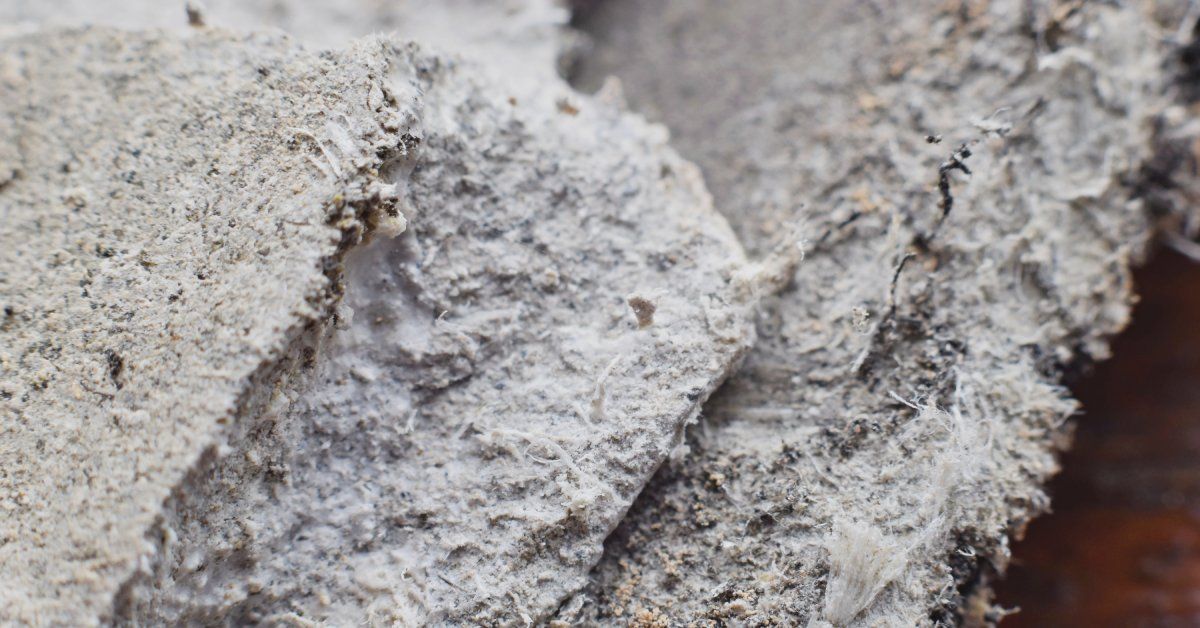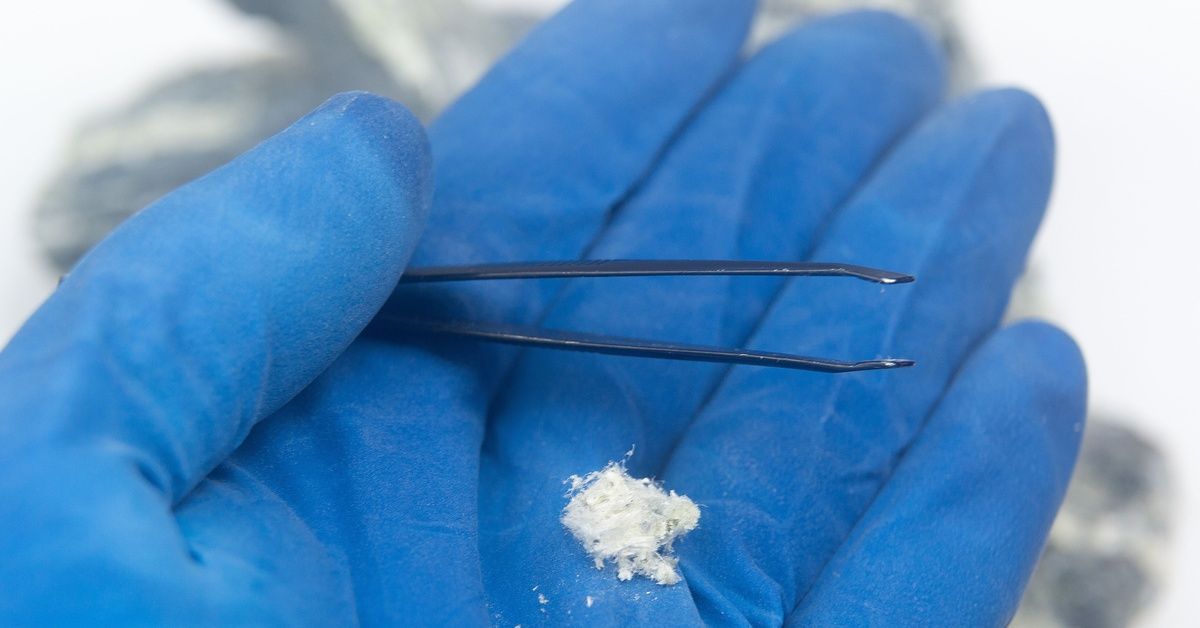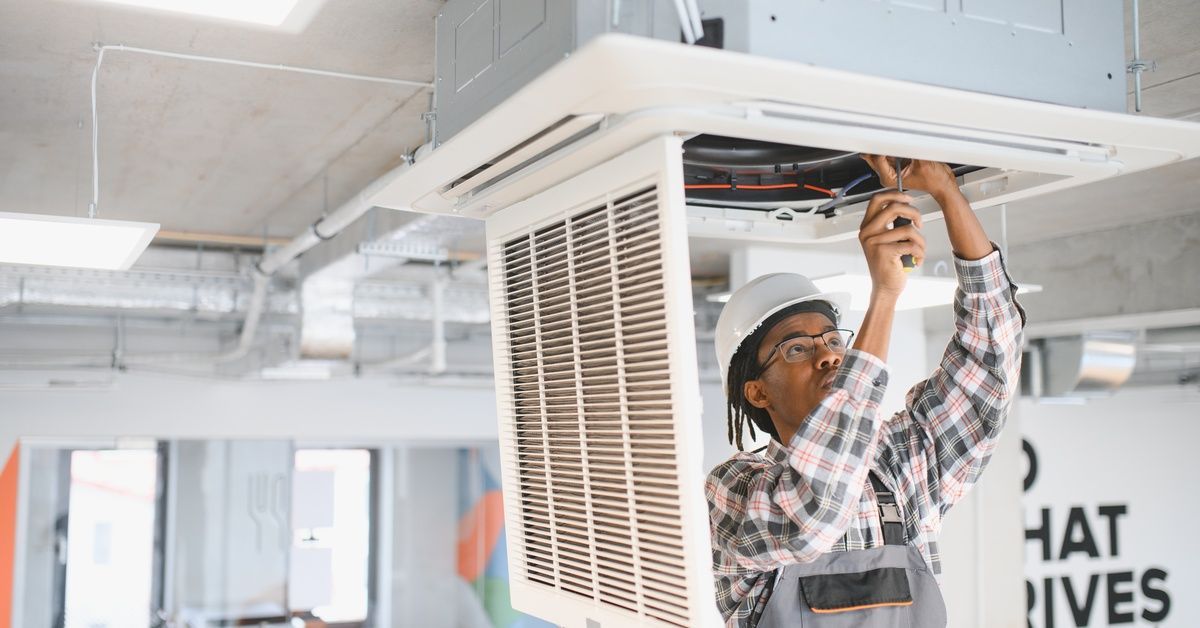The Properties and Uses of White Asbestos
White asbestos, also known as chrysotile, was a staple material across industries for decades due to its versatility and durability. However, as we learned more about its risks, its widespread use began to diminish. Understanding the properties and uses of white asbestos is essential for recognizing its once-perceived benefits and the dangers that necessitate professional handling today.
Uses for White Asbestos
It can withstand high temperatures without degrading, making it an effective protective layer against fires in buildings, machinery, and industrial equipment. Additionally, chrysotile is flexible. This quality allowed it to be woven into fabric, which was used in fireproof clothing and gaskets. Its fibrous structure also added reinforcement to cement, roofing shingles, and vinyl tiles, enhancing their strength and longevity.
Another reason for its popularity was its affordability. Compared to other materials available at the time, white asbestos was much more cost-effective, making it accessible for large-scale industrial applications and residential use.
Where White Asbestos Commonly Existed
The versatility of white asbestos granted it many uses. It was a common ingredient in construction materials such as drywall, floor tiles, and ceiling panels. Many homes and buildings constructed before the mid-1980s may still contain these asbestos-bearing materials.
It was also prominent in automotive manufacturing, where it was used in brake pads, clutches, and gasket materials. Insulation around pipes, boilers, and furnaces frequently contained white asbestos, as well.
However, many of these uses have lingering health hazards. Old homes, for instance, may still have asbestos encapsulated in their infrastructure. Hiring professionals specializing in asbestos removal in MA is often necessary to eliminate these risks.
The Dangerous Properties of White Asbestos
While white asbestos has beneficial traits, its dangers far outweigh them. The fibrous nature of asbestos makes it hazardous. When disturbed, these fibers can become airborne. Once inhaled, the fibers can get stuck in the lungs, causing health issues over time.
Chronic exposure to asbestos fibers increases the risk of developing diseases such as asbestosis, lung cancer, and mesothelioma. The fine, needle-like fibers are resistant to degradation by the body’s natural defenses, meaning they can remain in lung tissue indefinitely and cause inflammation and damage.
Even small-scale disturbances, such as drilling into a wall or removing old tiles, can release these fibers into the air. This is why professionals must handle asbestos removal.
A Legacy That Requires Caution
The widespread use of white asbestos has left a lasting presence in homes and workplaces. Recognizing the properties and uses of white asbestos is key to addressing the risks it poses today. Whether in insulation, tiles, or roofing materials, its remnants require expert handling and removal. By understanding its dual legacy of utility and danger, you can safely manage and eliminate health risks.


